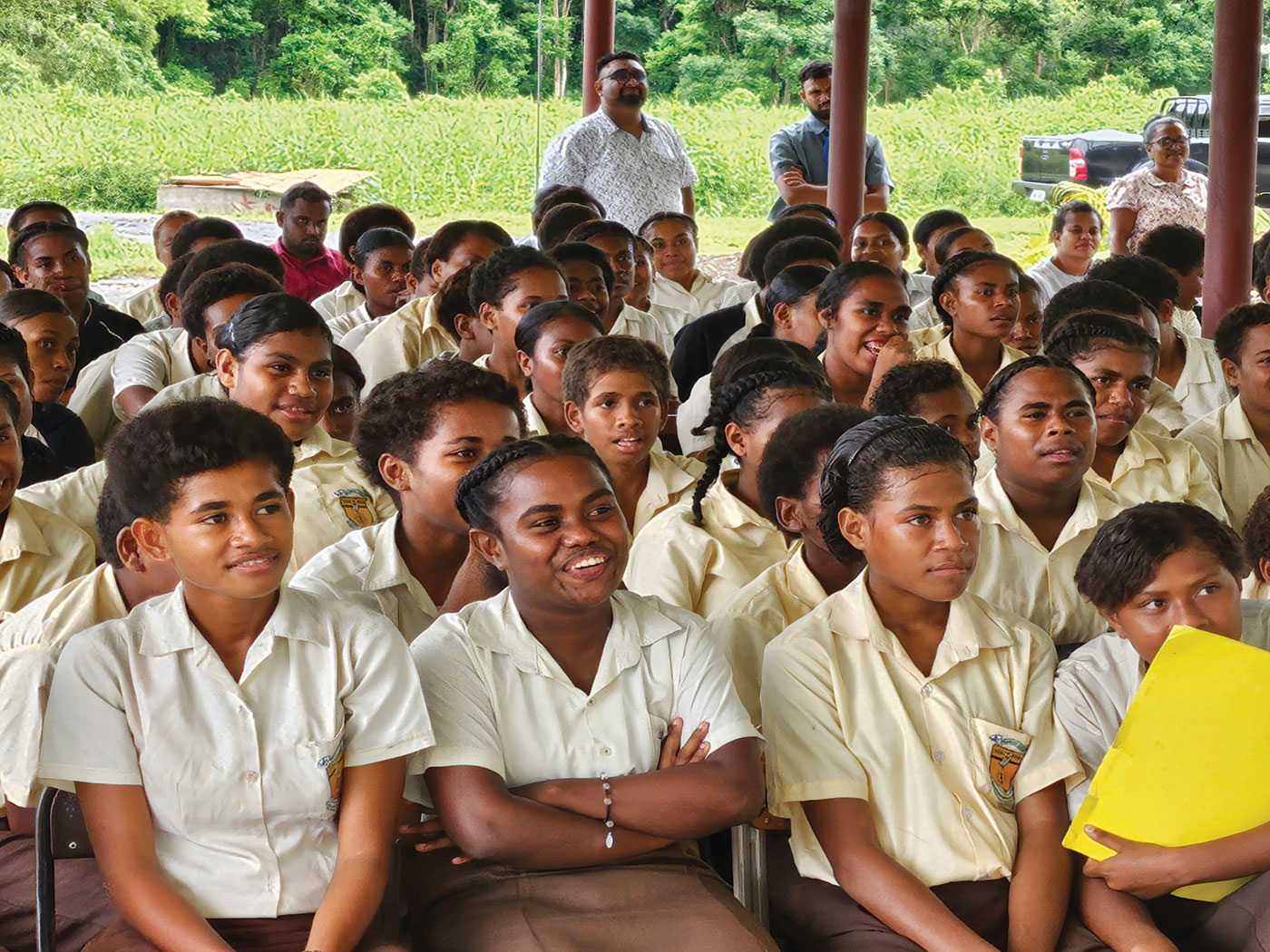As peach thinning continues, the first fruits are ready to be harvested; sweet cherries in mid-June and sour cherries in late June or early July. July also brings ripe plums, the ever-popular Yellow Transparent and Earligold apples, and the start of the peach season. Peach season begins at the beginning of July and continues into the second week of September. The entire peach season overlaps with the apple harvest. The end of August is an intense time in the orchard. All three major fruits—apples, peaches, and pears—are ripe. The apple varieties of Gala, Honeycrisp and Golden Supreme are harvested right in the middle of peach season.1
Nutritionists tend to give more attention to apples, pears, and peaches, but cherries also deserve some acclaim for their nutritional benefits. Both sweet cherries and sour cherries are bountifully beneficial for human health.
Increased oxidative stress contributes to development and progression of several human chronic inflammatory diseases. Cherries are a rich source of polyphenols and vitamin C which have anti-oxidant and anti-inflammatory properties.2
According to studies done by the USDA’s Agricultural Research Service nutrition scientists, cherries have a lot of good to offer.
We found 29 (tart 20, sweet 7, unspecified 2) published human studies which examined health benefits of consuming cherries.…Consumption of cherries decreased markers for oxidative stress in 8/10 studies; inflammation in 11/16; exercise-induced muscle soreness and loss of strength in 8/9; blood pressure in 5/7; arthritis in 5/5, and improved sleep in 4/4. Cherries also decreased hemoglobin A1C (HbA1C), Very-low-density lipoprotein (VLDL) and triglycerides/high-density lipoprotein (TG/HDL) in diabetic women, and VLDL and TG/HDL in obese participants. These results suggest that consumption of sweet or tart cherries can promote health by preventing or decreasing oxidative stress and inflammation.2
Cherries, although small in size, are large in nutritional value.3
The cherry fruit is a nutrient dense food with relatively low caloric content and significant amounts of important nutrients and bioactive food components including fiber, polyphenols, carotenoids, vitamin C, and potassium. In addition, cherries are also good source of tryptophan, serotonin, and melatonin.2
In short, it’s good to include cherries, both sweet and sour, in your diet.
Given the high concentrations of bioactive compounds (e.g., anthocyanins, hydoxycinnamates, Flavin-3-ols) in cherries, it is not surprising that cherry consumption promotes health. Results from published animal and human studies suggest that consumption of cherries may reduce the risk of several chronic inflammatory diseases including, arthritis, cardiovascular disease (CVD), diabetes, and cancer. Furthermore, there is evidence that cherry consumption may improve sleep, cognitive function, and recovery from pain after strenuous exercise.2
Based upon what we know about God’s goodness in how He provides nutritious food, we shouldn’t be surprised that cherries are good for us.3
References
1. Kauffman, C., S. Kauffman, J. Kauffman et al. 2015. One Hundred Years of Faith, Family & Fruit: A Ripe & Fruitful History (1915—2015). Bird-in-Hand, PA: Kauffman’s Fruit Farm & Market, 46-109, with quotations from pages 50-51. The Kauffmans’ Bird-in-Hand cherry orchard observations are corroborated by historic observations of harvested cherries (1963-1967) in Browningsville, Maryland.
2. Kelley, D. S., Y. Adkins, and K. D. Laugero. 2018. A Review of the Health Benefits of Cherries. Nutrients.10 (3): 368. Posted at ncbi.nlm.nih.gov on March 17, 2018, accessed on June 20, 2020.
3. Acts 14:17.
*Dr. Johnson is Associate Professor of Apologetics and Chief Academic Officer at the Institute for Creation Research.

















